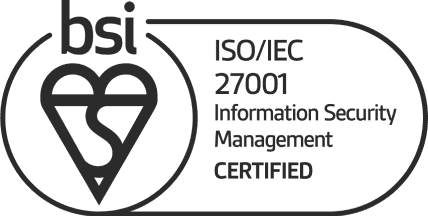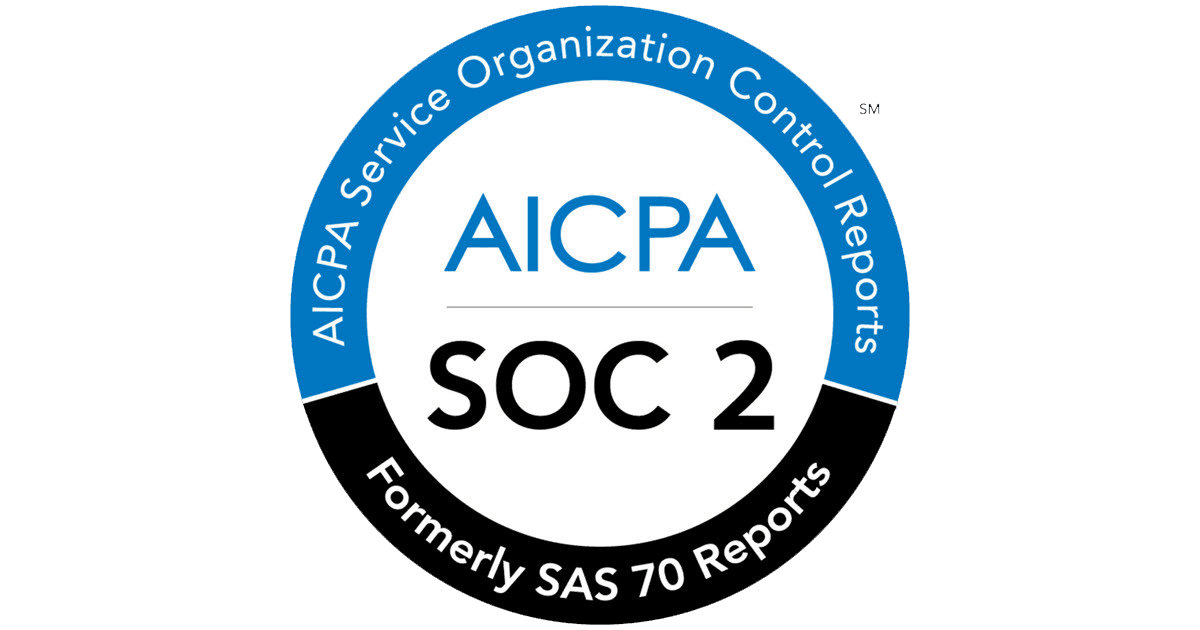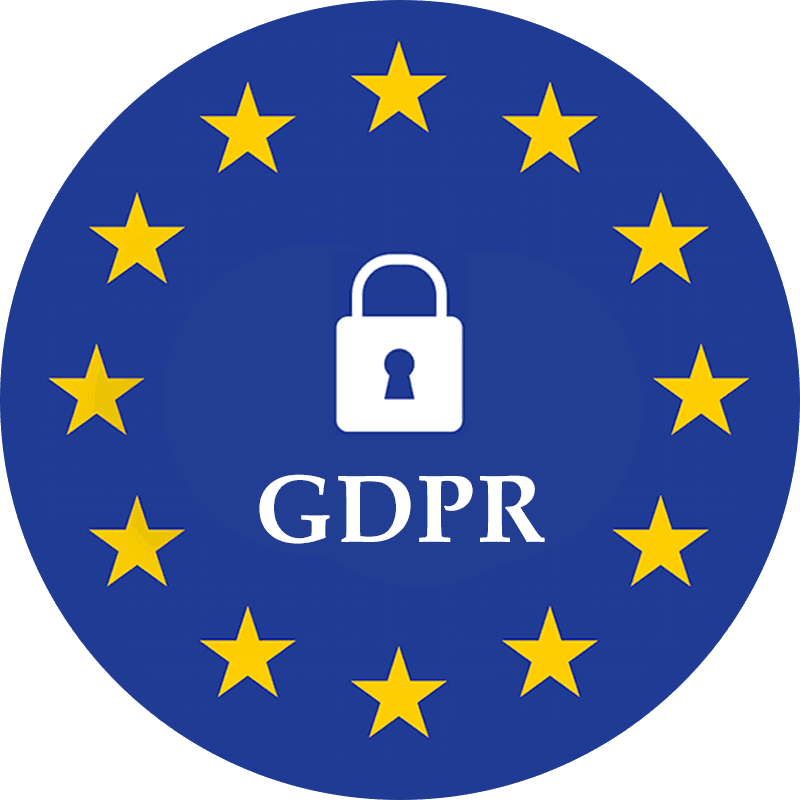All Blogs
24 Sept 2022
Understanding Risk Management – Steps & Best Practices
E-commerce in India has matured. Customers are shopping across categories, paying digitally, and getting orders delivered to remote towns in days.
E-commerce in India has matured. Customers are shopping across categories, paying digitally, and getting orders delivered to remote towns in days.
E-commerce in India has matured. Customers are shopping across categories, paying digitally, and getting orders delivered to remote towns in days.

Shubhang Chokhani
Shubhang Chokhani
Shubhang Chokhani
Brand Strategist
Brand Strategist
Brand Strategist
Insuretech
5 min read
5 min read
5 min read


Risk management aids businesses in evaluating and forecasting potential risks.
The 5 Steps of Risk Management:
Identify the risk – Detect possible threats early.
Analyze the risk – Determine the severity and impact.
Evaluate & prioritize – Rank risks based on urgency.
Treat the risk – Develop mitigation strategies.
Monitor & review – Keep track of risks that cannot be eliminated.
The faster a business identifies risks, the more time it has to mitigate them.
Risk management is crucial for businesses to survive and grow.
What is Risk Management?
Risk management is the process of identifying, analyzing, and mitigating threats to capital and earnings.
Every business, whether a startup or an enterprise, faces risks.
Risks can arise from economic changes, cyber threats, regulatory shifts, or external events like climate change & pandemics.
A structured risk management framework ensures financial stability & operational continuity.
Managing risks effectively helps businesses make informed decisions.
Risk management aligns with a company’s risk appetite & tolerance.
The 5 Steps of Risk Management
Step 1: Identify the Risk
The first step is to recognize potential risks in the business ecosystem.
Legal risks, environmental risks, regulatory risks, and financial risks are common.
Speed matters – The earlier a risk is identified, the easier it is to mitigate.
Technology-driven risk detection is preferred over manual identification.
Revisiting risk identification frequently is essential, as risks evolve over time.
Step 2: Analyze the Risk
Once risks are identified, they must be analyzed to determine their impact.
Assess the probability of occurrence and the severity of impact.
Categorize risks based on urgency and importance.
Helps organizations prioritize which risks require immediate attention.
Risk analysis also uncovers hidden vulnerabilities within management processes.
The outcome of this step is a well-defined risk profile.
Step 3: Evaluate & Prioritize the Risk
Not all risks carry the same level of impact.
Rank risks based on:
Likelihood of occurrence
Severity of impact
Risks that threaten business continuity receive higher priority.
Minor risks require monitoring but may not need immediate action.
Two types of risk assessments:
1️⃣ Qualitative Risk Assessment – Subjective evaluation based on expert judgment.
2️⃣ Quantitative Risk Assessment – Uses measurable data (e.g., financial risks).
Structured risk categorization allows businesses to allocate resources effectively.
Step 4: Treat the Risk
Once risks are prioritized, a mitigation plan must be executed.
Manual risk management relies on emails, phone calls & documentation.
Automated risk management solutions streamline notifications & discussions.
Risk treatment strategies include:
Avoiding the risk (eliminating exposure).
Controlling the risk (reducing impact).
Transferring the risk (e.g., insurance).
Accepting the risk (if manageable).
Digital risk management solutions improve efficiency & accuracy.
Step 5: Monitor & Review the Risk
Some risks are constant and require ongoing monitoring.
Market risks, environmental risks & regulatory risks are ever-present.
Automated monitoring tools can detect changes in real-time.
Manual monitoring requires dedicated teams to track evolving threats.
Risk monitoring ensures proactive adjustments in risk management strategies.
The key to effective risk management is continuous adaptation.
Conclusion
Risk management is essential for businesses of all sizes to thrive in uncertain environments.
Key Takeaways:
Identifying risks early gives businesses a competitive advantage.
Analyzing & prioritizing risks ensures efficient resource allocation.
Technology improves risk treatment & monitoring.
A structured risk management framework builds long-term resilience.
While risks can never be fully eliminated, effective management ensures they are worth taking.
"We don’t manage risks to eliminate them—we manage risks so we know which ones are worth taking." – Alla Valente, Senior Analyst at Forrester Research.
Risk management aids businesses in evaluating and forecasting potential risks.
The 5 Steps of Risk Management:
Identify the risk – Detect possible threats early.
Analyze the risk – Determine the severity and impact.
Evaluate & prioritize – Rank risks based on urgency.
Treat the risk – Develop mitigation strategies.
Monitor & review – Keep track of risks that cannot be eliminated.
The faster a business identifies risks, the more time it has to mitigate them.
Risk management is crucial for businesses to survive and grow.
What is Risk Management?
Risk management is the process of identifying, analyzing, and mitigating threats to capital and earnings.
Every business, whether a startup or an enterprise, faces risks.
Risks can arise from economic changes, cyber threats, regulatory shifts, or external events like climate change & pandemics.
A structured risk management framework ensures financial stability & operational continuity.
Managing risks effectively helps businesses make informed decisions.
Risk management aligns with a company’s risk appetite & tolerance.
The 5 Steps of Risk Management
Step 1: Identify the Risk
The first step is to recognize potential risks in the business ecosystem.
Legal risks, environmental risks, regulatory risks, and financial risks are common.
Speed matters – The earlier a risk is identified, the easier it is to mitigate.
Technology-driven risk detection is preferred over manual identification.
Revisiting risk identification frequently is essential, as risks evolve over time.
Step 2: Analyze the Risk
Once risks are identified, they must be analyzed to determine their impact.
Assess the probability of occurrence and the severity of impact.
Categorize risks based on urgency and importance.
Helps organizations prioritize which risks require immediate attention.
Risk analysis also uncovers hidden vulnerabilities within management processes.
The outcome of this step is a well-defined risk profile.
Step 3: Evaluate & Prioritize the Risk
Not all risks carry the same level of impact.
Rank risks based on:
Likelihood of occurrence
Severity of impact
Risks that threaten business continuity receive higher priority.
Minor risks require monitoring but may not need immediate action.
Two types of risk assessments:
1️⃣ Qualitative Risk Assessment – Subjective evaluation based on expert judgment.
2️⃣ Quantitative Risk Assessment – Uses measurable data (e.g., financial risks).
Structured risk categorization allows businesses to allocate resources effectively.
Step 4: Treat the Risk
Once risks are prioritized, a mitigation plan must be executed.
Manual risk management relies on emails, phone calls & documentation.
Automated risk management solutions streamline notifications & discussions.
Risk treatment strategies include:
Avoiding the risk (eliminating exposure).
Controlling the risk (reducing impact).
Transferring the risk (e.g., insurance).
Accepting the risk (if manageable).
Digital risk management solutions improve efficiency & accuracy.
Step 5: Monitor & Review the Risk
Some risks are constant and require ongoing monitoring.
Market risks, environmental risks & regulatory risks are ever-present.
Automated monitoring tools can detect changes in real-time.
Manual monitoring requires dedicated teams to track evolving threats.
Risk monitoring ensures proactive adjustments in risk management strategies.
The key to effective risk management is continuous adaptation.
Conclusion
Risk management is essential for businesses of all sizes to thrive in uncertain environments.
Key Takeaways:
Identifying risks early gives businesses a competitive advantage.
Analyzing & prioritizing risks ensures efficient resource allocation.
Technology improves risk treatment & monitoring.
A structured risk management framework builds long-term resilience.
While risks can never be fully eliminated, effective management ensures they are worth taking.
"We don’t manage risks to eliminate them—we manage risks so we know which ones are worth taking." – Alla Valente, Senior Analyst at Forrester Research.

Ready to level up?

Ready to level up?

Ready to level up?

Assurekit is a full-stack digital insurance platform built for growth, that enables anyone to create, sell and manage contextual insurance products in a plug-and-play manner



©2024 Assurekit technology & service pvt ltd

Assurekit is a full-stack digital insurance platform built for growth, that enables anyone to create, sell and manage contextual insurance products in a plug-and-play manner



©2024 Assurekit technology & service pvt ltd

Assurekit is a full-stack digital insurance platform built for growth, that enables anyone to create, sell and manage contextual insurance products in a plug-and-play manner



©2024 Assurekit technology & service pvt ltd